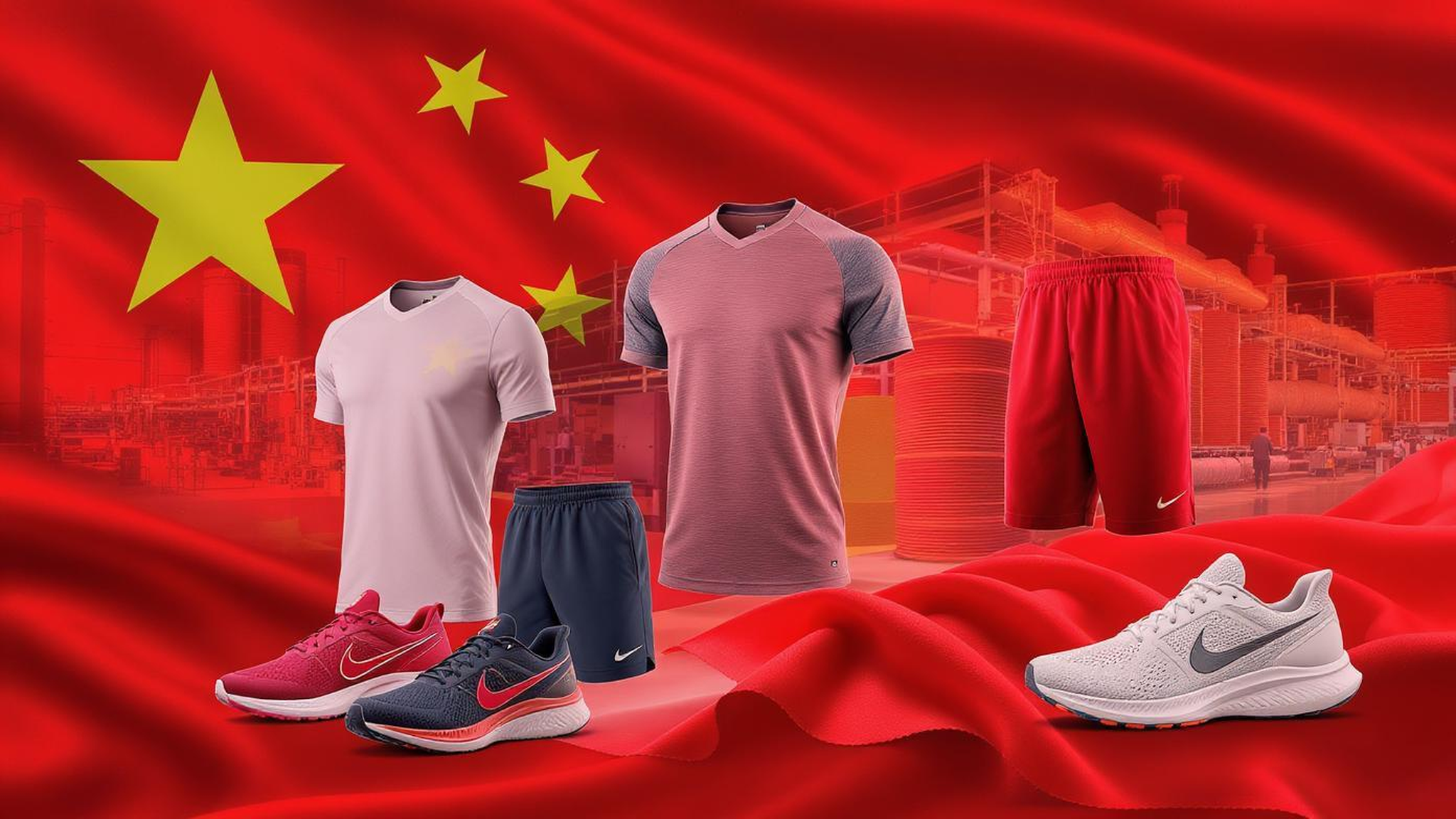It’s 2 a.m. I just got off a call with a factory in Guangdong. My coffee’s cold. My back hurts. And I’m typing this because someone out there — maybe you — is about to make the same mistakes I did three years ago. You’re sitting at your desk, scrolling through Alibaba, thinking, “I’ll just find a supplier, slap my logo on some leggings, and boom — brand launched.”
Spoiler: it doesn’t work like that.
I’ve been where you are. I’ve sent hopeful emails to “top manufacturers” only to get ghosted. I’ve received samples that looked like they were made in a dorm room. I’ve lost money, time, and sleep trying to build something real in a system that’s built to exploit beginners.
But here’s the good news: it’s not impossible. You can launch a sportswear brand from scratch, even with no experience, no connections, and no massive budget. I’ve done it. And I’ve helped over 5,000 others do it through Fexwear — not with hype, but with honesty, process, and a hell of a lot of trial and error.
This isn’t another fluff piece about “top 10 brands in China.” This is the raw, unfiltered truth about what it actually takes to work with sportswear suppliers in China — the good, the bad, and the ugly.
Let’s go.
It’s Not About the Brands. It’s About the Backdoors.

You’ve probably Googled “best sportswear brands in China” a dozen times. You’ve seen the same list: Li-Ning, ANTA, 361°, PEAK, Xtep. All solid names. All real players. But here’s what no one tells you: those brands aren’t your suppliers.
They’re your competition.
And if you’re trying to source custom sportswear — whether it’s for your fitness brand, your esports team, or your Shopify store — you don’t want to buy from Li-Ning. You want to work with the factories that make Li-Ning.
That’s the backdoor. That’s the real game.
I learned this the hard way. A client came to me two years ago, obsessed with “partnering” with a big Chinese brand. He wanted a co-branded drop. I told him it wasn’t happening. Not unless he had $500K and a celebrity endorsement. Instead, I connected him with a factory that actually produces for one of those brands. Same quality. Same machines. Same workers. But his logo. His design. His brand.
And it cost 60% less.
That’s the secret: the best sportswear manufacturers in China aren’t the ones with billboards. They’re the ones with sewing lines, fabric labs, and decades of quiet expertise.
You don’t need a famous brand. You need a reliable partner. One that answers emails, sends real samples, and doesn’t vanish after you pay a deposit.
The Big 5: What They Get Right (And Where They Fail)
Let’s talk about those household names — not because you should buy from them, but because they teach us what works (and what doesn’t) in the Chinese sportswear ecosystem.
Li-Ning: The Come-Up Was Real
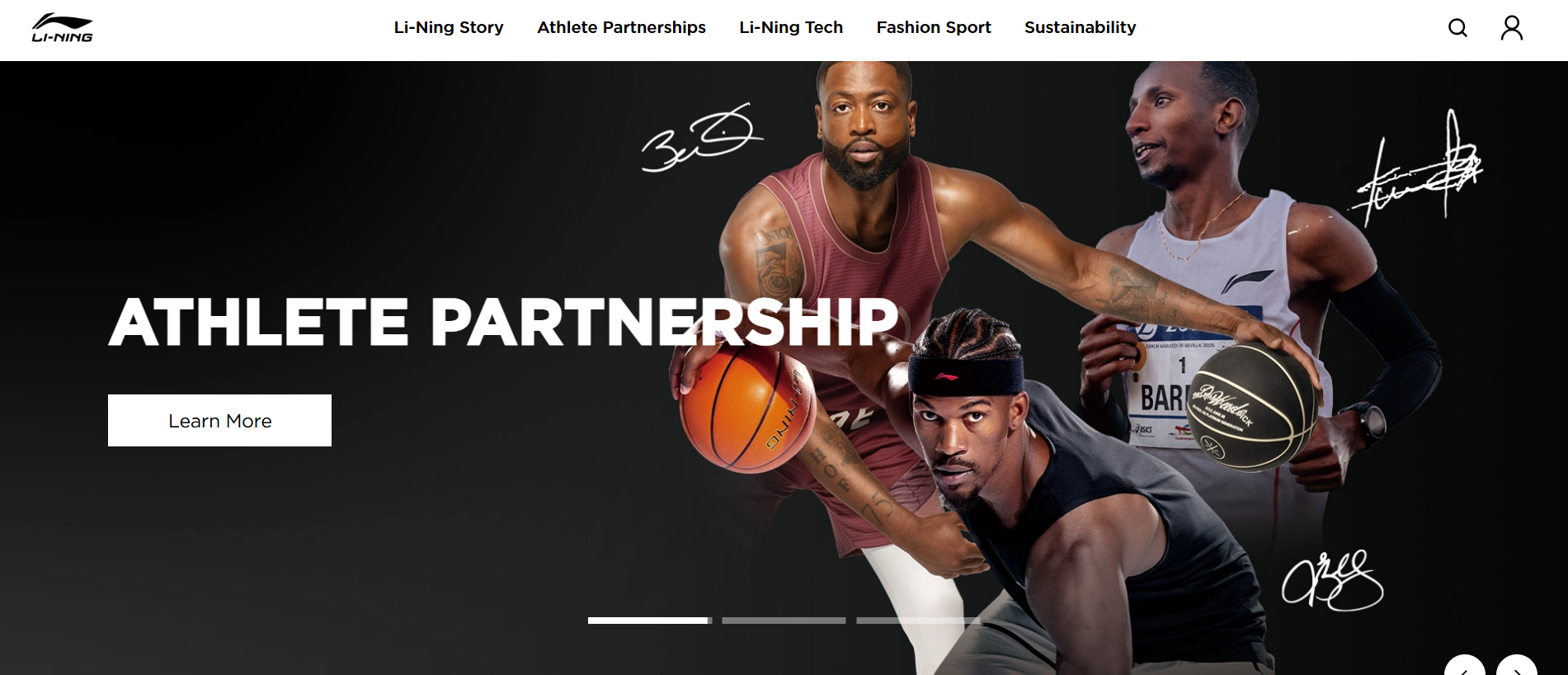
Li-Ning exploded after the 2021 Xinjiang cotton controversy. Overnight, they became a symbol of national pride. Sales jumped. Hype was real. But here’s the thing: their innovation hasn’t kept up.
I worked with a designer who tried to reverse-engineer a Li-Ning running shoe. The materials were good, sure. But the tech? Just repackaged versions of old designs. No real R&D breakthroughs. And the prices? Some of their sneakers are more expensive than Nike’s.
So yes, they’ve got marketing down. But if you’re looking for cutting-edge performance gear, you’ll be disappointed.
What they get right:
- Design that blends culture and sport
- Strong digital presence (they killed it on Douyin)
- Celebrity collabs (Dwyane Wade still reps them hard)
Where they fail:
- Overpriced for the tech
- Too reliant on nationalism instead of innovation
- Inconsistent quality control across product lines
ANTA: The Quiet Empire
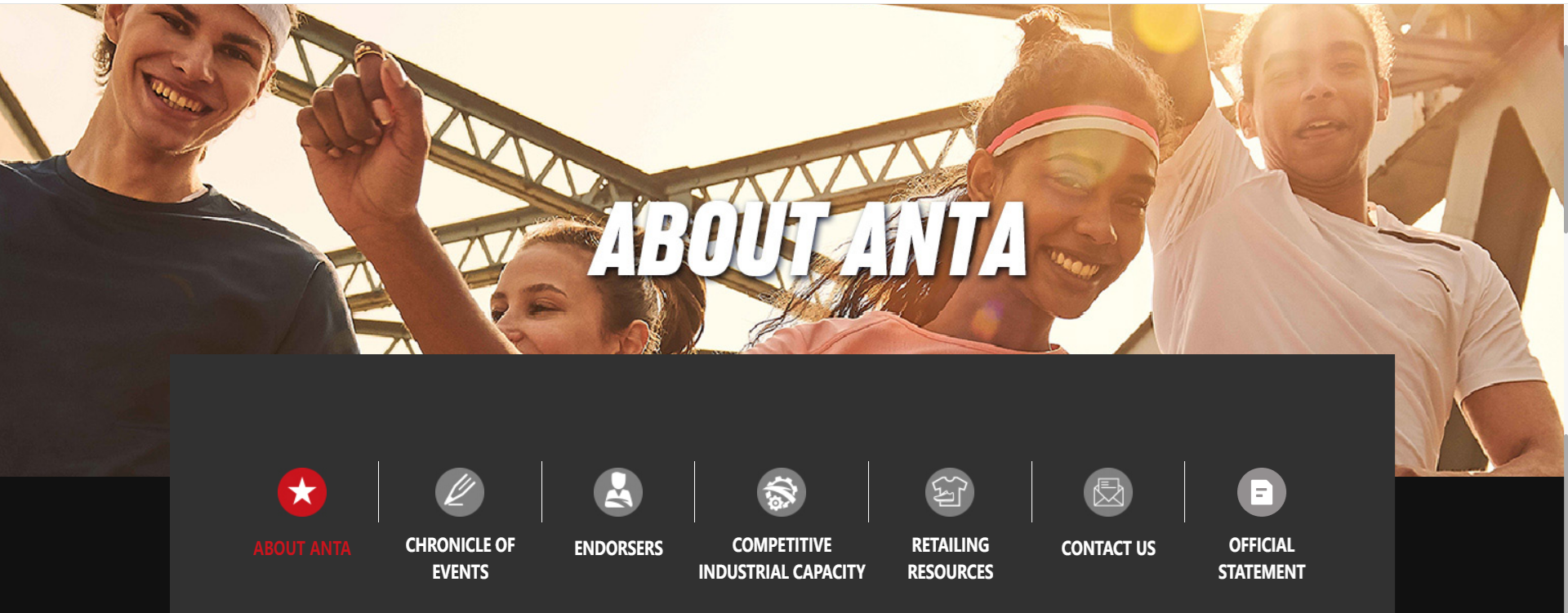
ANTA doesn’t scream. They just win. They own FILA China, Descente, Kolon Sport — a whole portfolio of brands. And they’re quietly eating Nike’s lunch in the domestic market.
But here’s the catch: their distribution is a mess. I’ve had clients try to buy ANTA gear wholesale, only to get routed through five different reps. No central system. No clear MOQs.
They’re big, but not agile.
What they get right:
- Diverse brand strategy (something for everyone)
- Solid quality in performance footwear
- Long-term athlete sponsorships (Klay Thompson still with them)
Where they fail:
- Poor international branding
- Clunky B2B processes
- Hard to work with as a small buyer
361°: The Runner’s Choice
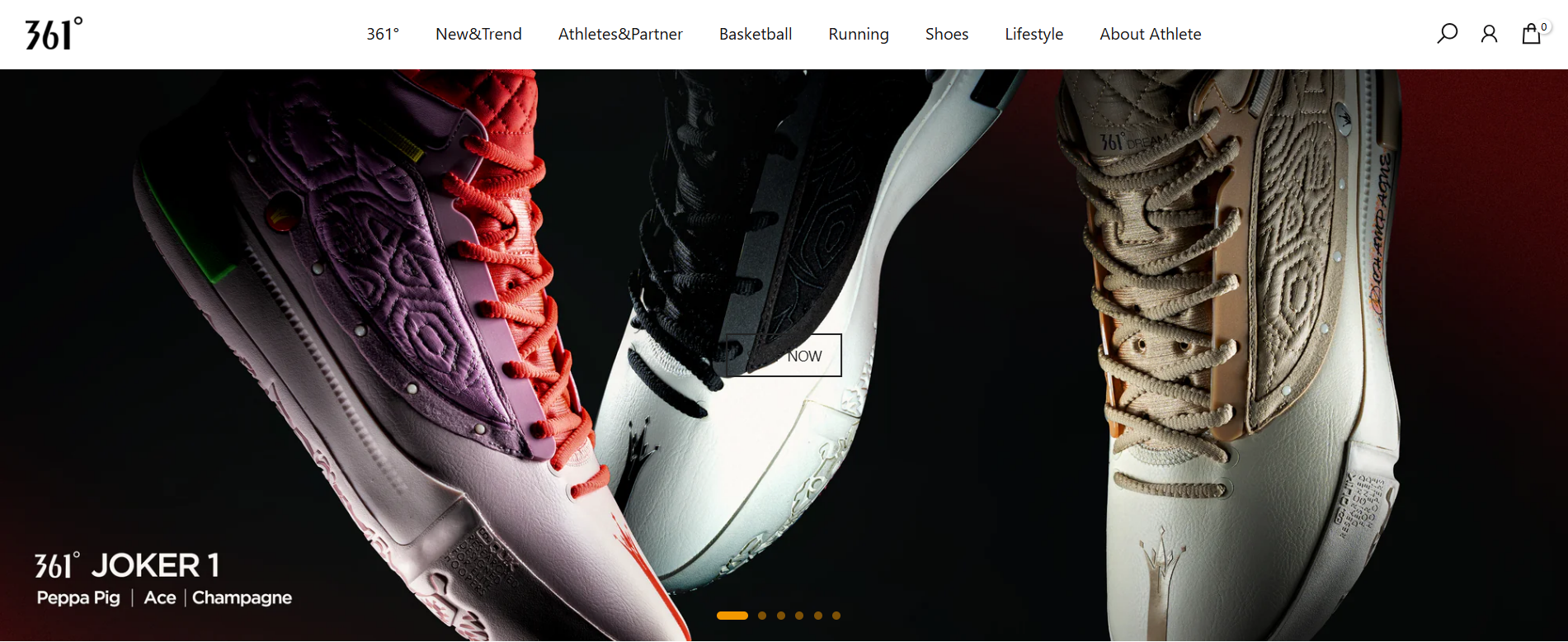
361° is the underdog that actually delivers. I’ve tested their running shoes. For $80, you get a shoe that competes with $160 models from the West. Lightweight, responsive, durable.
They sponsored the Rio Olympics. They’ve got real athlete trust.
But they’re only for runners. If you’re building a lifestyle brand, you’ll hit a wall.
What they get right:
- Performance-first design
- Trusted by serious athletes
- Affordable pricing
Where they fail:
- Zero fashion appeal
- Limited product range
- No real presence outside Asia
PEAK: The NBA Dark Horse
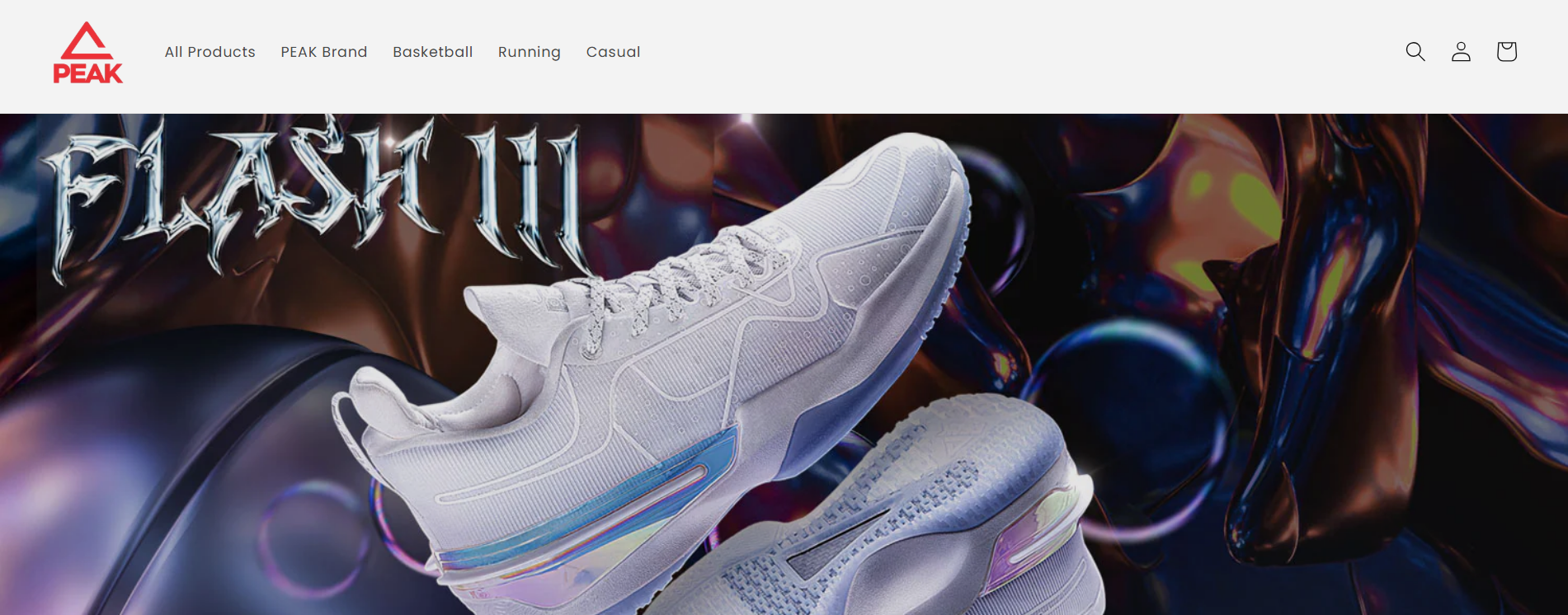
PEAK has 17 NBA players under contract. Seventeen. Only Nike and Adidas have more. Dwight Howard. Tony Parker. They’re serious.
But their supply chain? Fragile. I’ve seen orders delayed for months because one factory had a machine breakdown and no backup.
They’re bold. But not bulletproof.
What they get right:
- High-profile endorsements
- Creative basketball designs
- Global ambition
Where they fail:
- Weak logistics
- Inconsistent sizing across batches
- Hard to source directly
Xtep: The Budget King
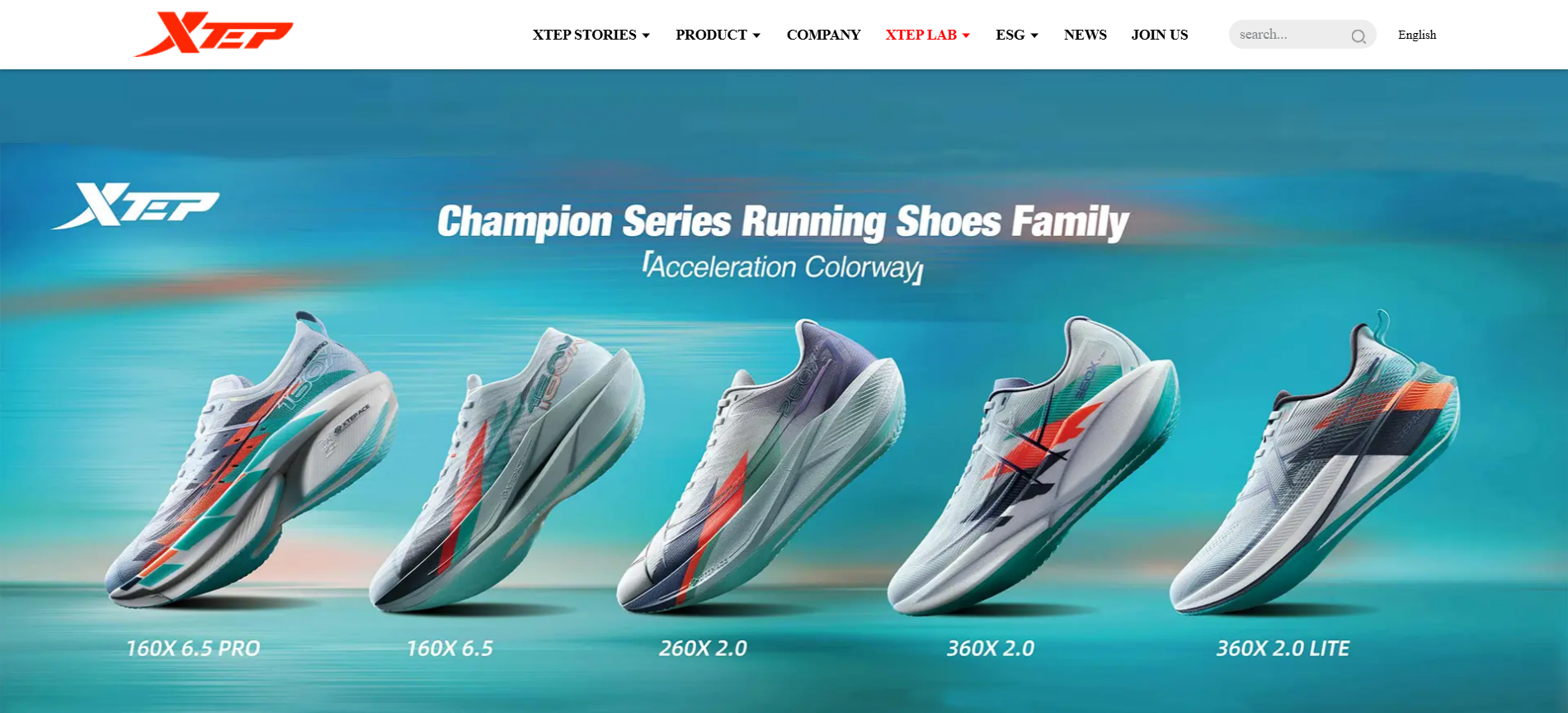
Xtep is everywhere in China. 7,500 stores. Cheap, cheerful, and… forgettable.
They’ve got the Jeremy Lin line, which is cool, but let’s be real — no one’s paying full price for Xtep unless they have to.
What they get right:
- Mass-market availability
- Fast turnaround on basic styles
- Low price point
Where they fail:
- Seen as “low tier”
- No innovation
- Not a brand people aspire to wear
So Who Should You Actually Work With?
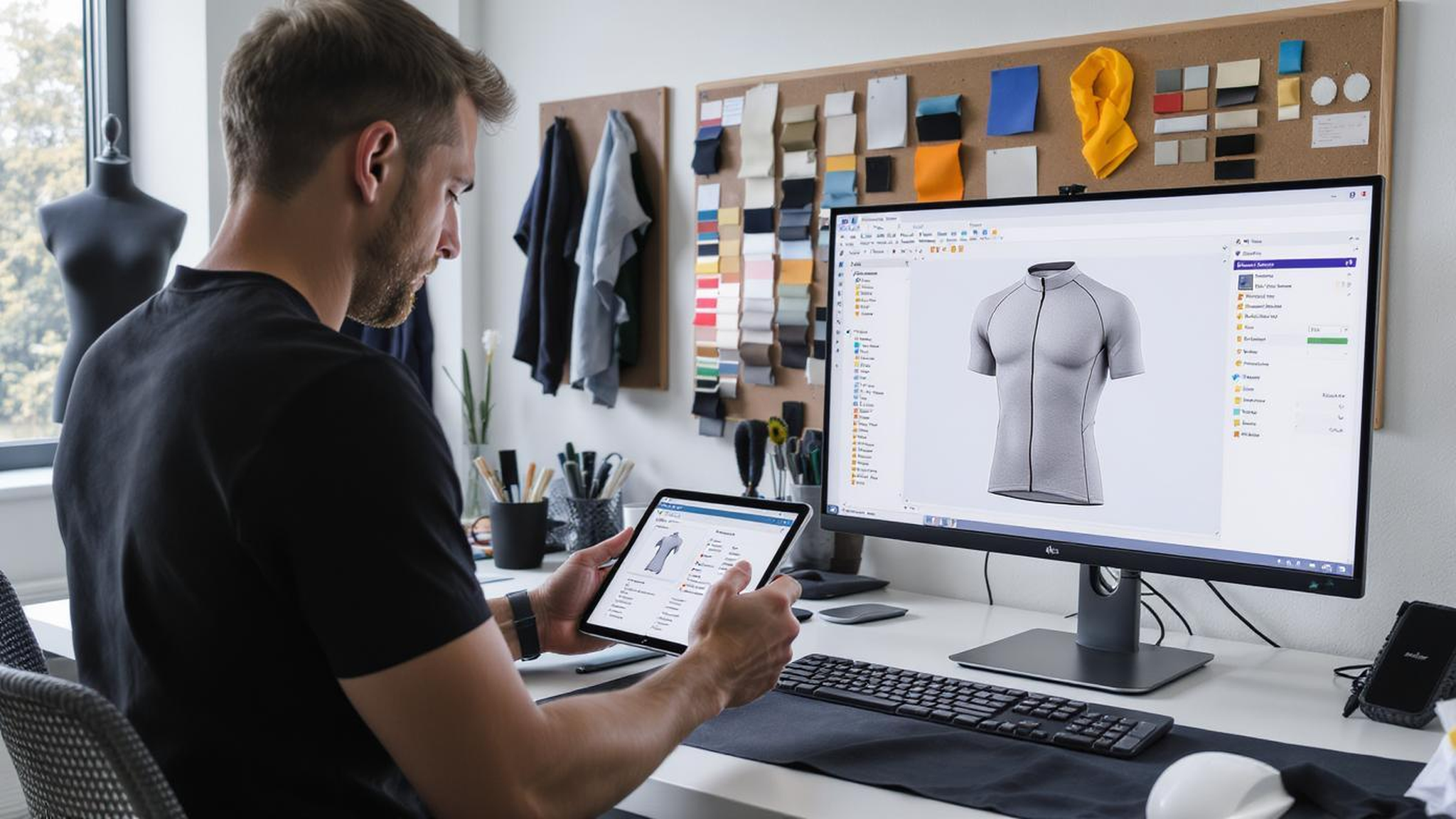
You don’t need a famous brand. You need a manufacturer that can:
- Turn your sketch into a wearable product
- Handle small MOQs without jacking up the price
- Ship globally without customs nightmares
That’s where Fexwear comes in.
We’re not a brand. We’re a bridge.
We’ve got our own factory, yes, but more importantly, we’ve got a network of vetted partners — the same ones that supply the big names. We’ve spent 10 years building relationships, testing quality, and learning what actually works when you’re launching a brand from zero.
And here’s the truth: most suppliers in China don’t want small clients. They want bulk orders. They want 10,000 units. They don’t care about your vision.
We do.
The Real Cost of “Cheap” Suppliers
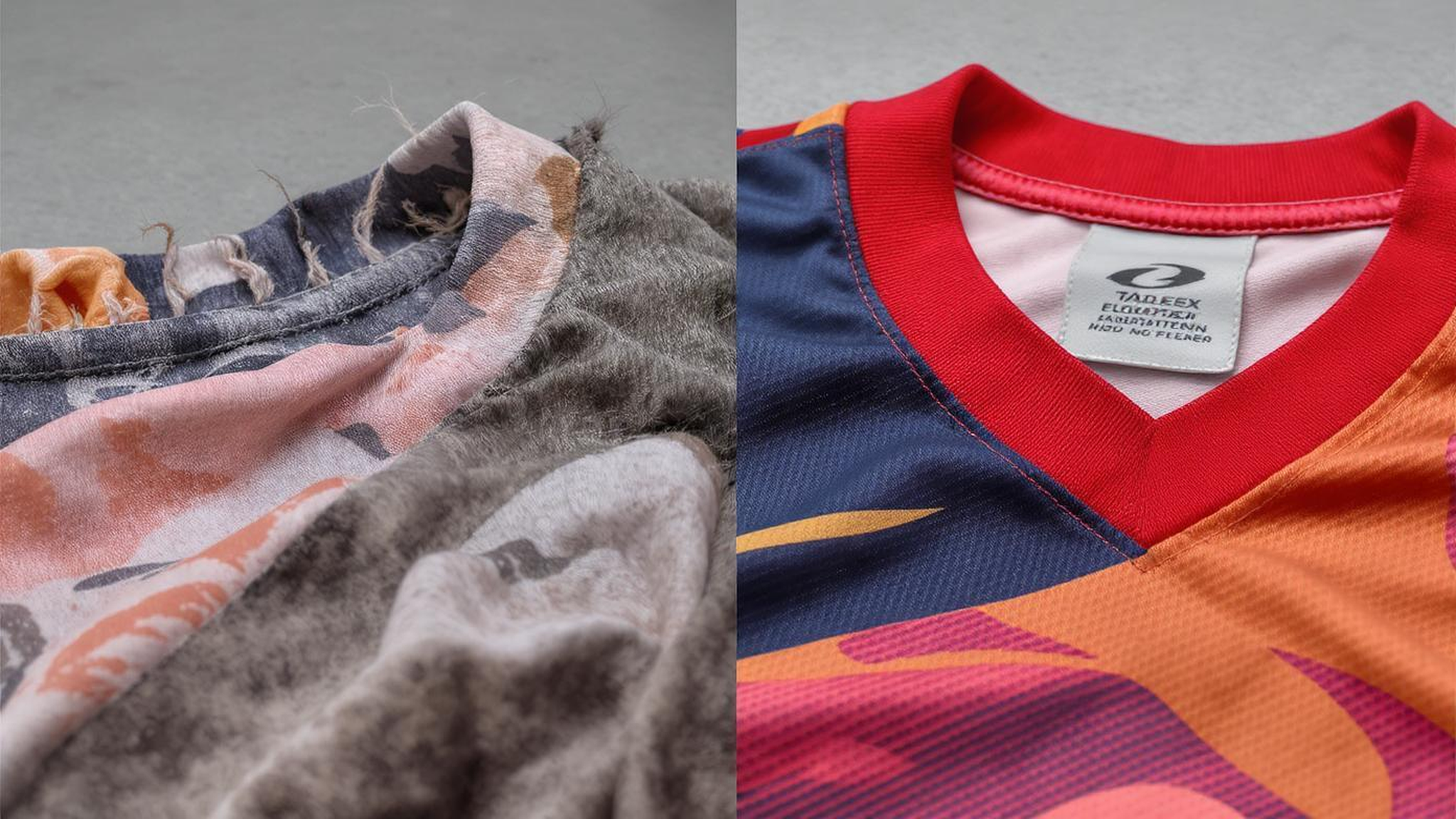
You’ve seen the ads:
“Custom sportswear from $1.99!”
“MOQ 50, free design!”
“Fast shipping worldwide!”
Too good to be true? It is.
I had a client last year — let’s call her Jess — who went with a “cheap” supplier from a Google ad. MOQ 50. Free samples. Sounded perfect.
She got her order. The fabric was thin. The stitching unraveled after one wash. The colors bled. And the supplier? Gone. No response. No refund.
She lost $3,000 and six weeks of her life.
Here’s what “cheap” really means:
- No quality control
- No accountability
- No real communication
- No understanding of international standards
And the worst part? You can’t scale with them.
When Jess came to us, we fixed it. We remade her line with better fabric, proper stitching, and sublimation printing that wouldn’t fade. Same design. Same MOQ. But actual quality.
Now she’s on her third reorder.
The lesson? Don’t optimize for price. Optimize for reliability.
How to Spot a Real Manufacturer (Not a Middleman)
Ask for a Tech Pack — Not Just a Catalog
If a supplier only shows you a catalog, run.
A real manufacturer will ask for your design. They’ll want a tech pack — a detailed blueprint of your garment. That’s how you know they’re serious.
At Fexwear , we start every project with a tech pack. We help you define:
- Fabric weight and composition
- Stitching type (flatlock, coverstitch, etc.)
- Seam placement
- Print method (embroidery, sublimation, screen print)
No tech pack? No real production.
Demand a Sample — And Test It
Never skip the sample.
We make fitting samples for every client. Not a “similar style” — the actual product, in your colors, with your logo.
And we tell our clients: wash it. Stretch it. Wear it for a week.
If it falls apart, we fix it before bulk production.
That’s how you avoid disaster.
Check Their Certifications — Not Just Their Claims
Look for:
- BSCI, WRAP, OEKO-TEX
- ISO 9001
- SGS or BV audit reports
We’ve got all of them. Not for show — because our clients in Europe and the US require them.
No certifications? That means no quality control. No ethical labor. No compliance.
And that could get you in trouble.
The Hidden Work: From Idea to Inventory

You think launching a brand is about design. It’s not.
It’s about process.
Here’s what no one talks about:
- Finding the right fabric (not just “polyester,” but which polyester)
- Getting the fit right (a 0.5cm seam difference can make or break a product)
- Navigating shipping (DHL vs. sea freight, customs codes, VAT)
- Handling returns (because yes, you’ll have them)
I’ve seen brands die because they didn’t plan for this.
That’s why we built the Small Seller Support Program .
It’s not just manufacturing. It’s:
- Free design help
- MOQs as low as 30
- Rush production in 7 days
- Direct shipping to Amazon FBA
- 24/7 support in English
Because I’ve been the small seller. I’ve been the one sweating over a delayed shipment, wondering if my brand was dead before it started.
Now I help others avoid that.
The Fabric Trap: Why “Moisture-Wicking” Means Nothing
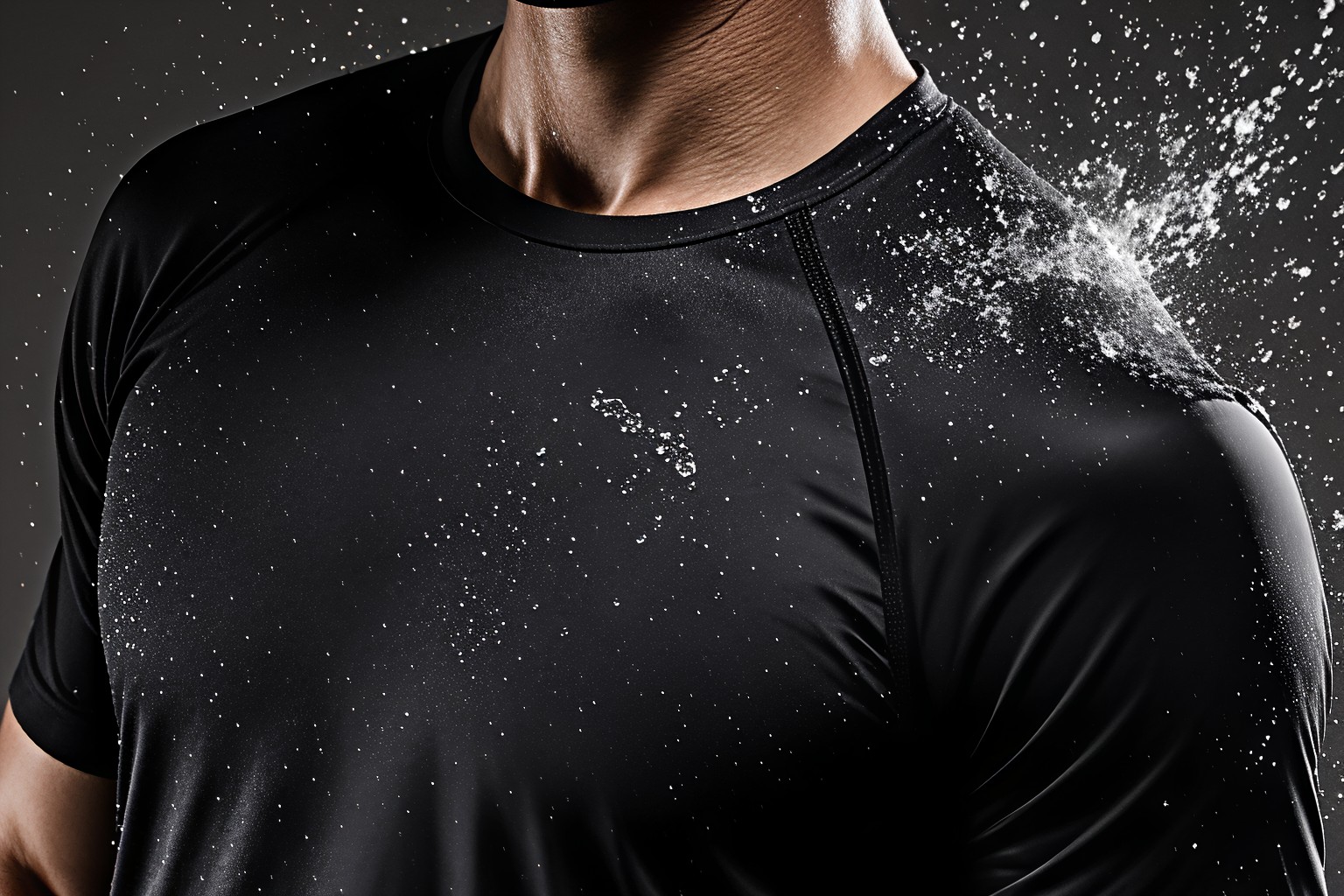
Every supplier says their fabric is “moisture-wicking.”
But what does that mean?
Is it 88% polyester, 12% spandex? 180gsm? Double-knit?
If they can’t tell you, they don’t know.
At Fexwear , we don’t just pick fabric. We test it. We wash it. We stretch it. We compare it to market leaders.
And we’ll tell you:
- “This one fades after 10 washes.”
- “This one pills in high-friction areas.”
- “This one costs $0.30 more per yard but lasts twice as long.”
That’s how you build a brand that lasts.
Not with buzzwords. With data.
The Truth About MOQs (And Why Low Isn’t Always Better)
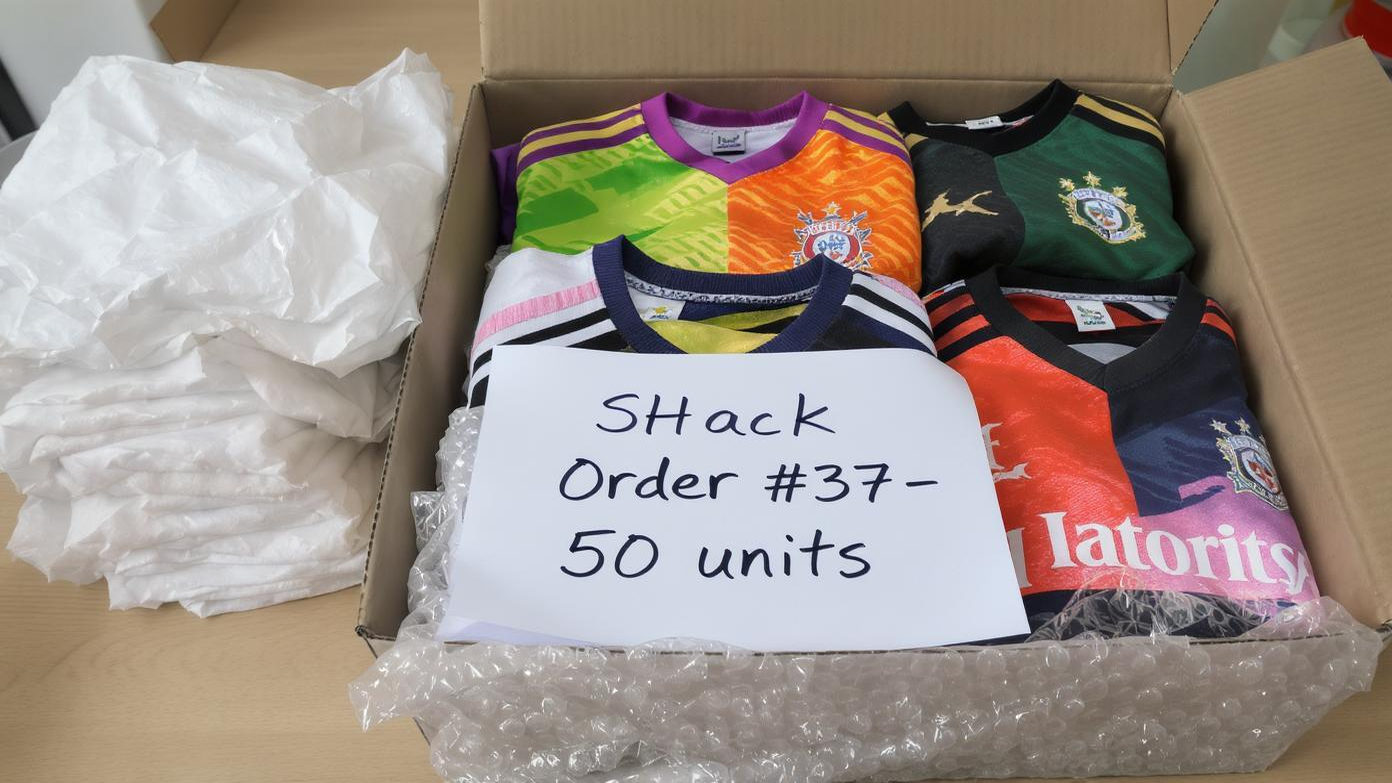
Everyone wants low MOQs.
But here’s the trade-off:
- MOQ 10? You’ll pay way more per unit.
- MOQ 50? More reasonable, but still premium.
- MOQ 300? That’s where pricing gets real.
I had a client who insisted on MOQ 20. Total cost: $42 per jersey.
We convinced him to do 100. Cost dropped to $28.
He saved $1,400 on the same product.
So yes, we offer low MOQ options . But I’ll be honest: if you’re serious, start bigger.
Or at least plan your reorders.
The Supply Chain Isn’t Sexy — Until It Breaks
![]()
You can have the perfect design. The best fabric. The coolest brand.
And it means nothing if your order gets stuck in customs for three weeks.
I’ve had shipments delayed because:
- The invoice didn’t match the packing list
- The fabric was mislabeled
- The forwarder cut corners to save $200
That’s why we handle logistics in-house.
We’ve partnered with DHL, UPS, FedEx. We know the codes. We file the paperwork right.
And if something goes wrong? We fix it.
Because I’ve been the guy calling customers to say, “Sorry, your order is delayed.”
Never again.
Wrap-Up: It’s Not About Perfection. It’s About Progress.
Look, I’m tired. You’re probably tired too.
You don’t need another “perfect” guide. You need someone to tell you:
- Yes, it’s hard.
- Yes, you’ll mess up.
- But no, you don’t have to do it alone.
I’ve spent the last decade building Fexwear not as a factory, but as a partner. One that answers emails at midnight. One that sends real samples. One that doesn’t ghost you after payment.
If you’re ready to stop guessing and start building, let’s talk .
Not because I’ve got all the answers. But because I’ve made all the mistakes.
And I don’t want you to repeat them.
FAQs
Do you really offer free design?
Yes. No hidden fees. Send us a sketch, a mood board, or just an idea — we’ll turn it into a real design.
What’s your lowest MOQ?
As low as 30 for sublimated gear. But we’ll help you find the sweet spot between cost and quantity.
Can you ship to Amazon FBA?
Yes. We label, pack, and ship directly to your warehouse. No extra hassle.
Do you work with startups?
90% of our clients are startups or small brands. We’re built for you.
How long does production take?
2–3 weeks standard. 7 days for rush orders.
What fabrics do you recommend for activewear?
88% polyester, 12% spandex, 180–220gsm. Breathable, stretchy, durable. See our full guide here .
Can I get a sample first?
Always. We never go to bulk without a fitting sample.
Do you sign NDAs?
Yes. Your design is yours. We protect it.
Call to Discussion
I’ve been in the trenches. But I know you’ve got your own story — maybe you’ve been burned by a supplier, or finally found one that doesn’t suck, or you’re just starting and overwhelmed by the options.
Whatever it is, I want to hear it.
Because this industry doesn’t need more hype. It needs more honesty.
Agree, disagree, or got a wild story? Let’s hear it.

